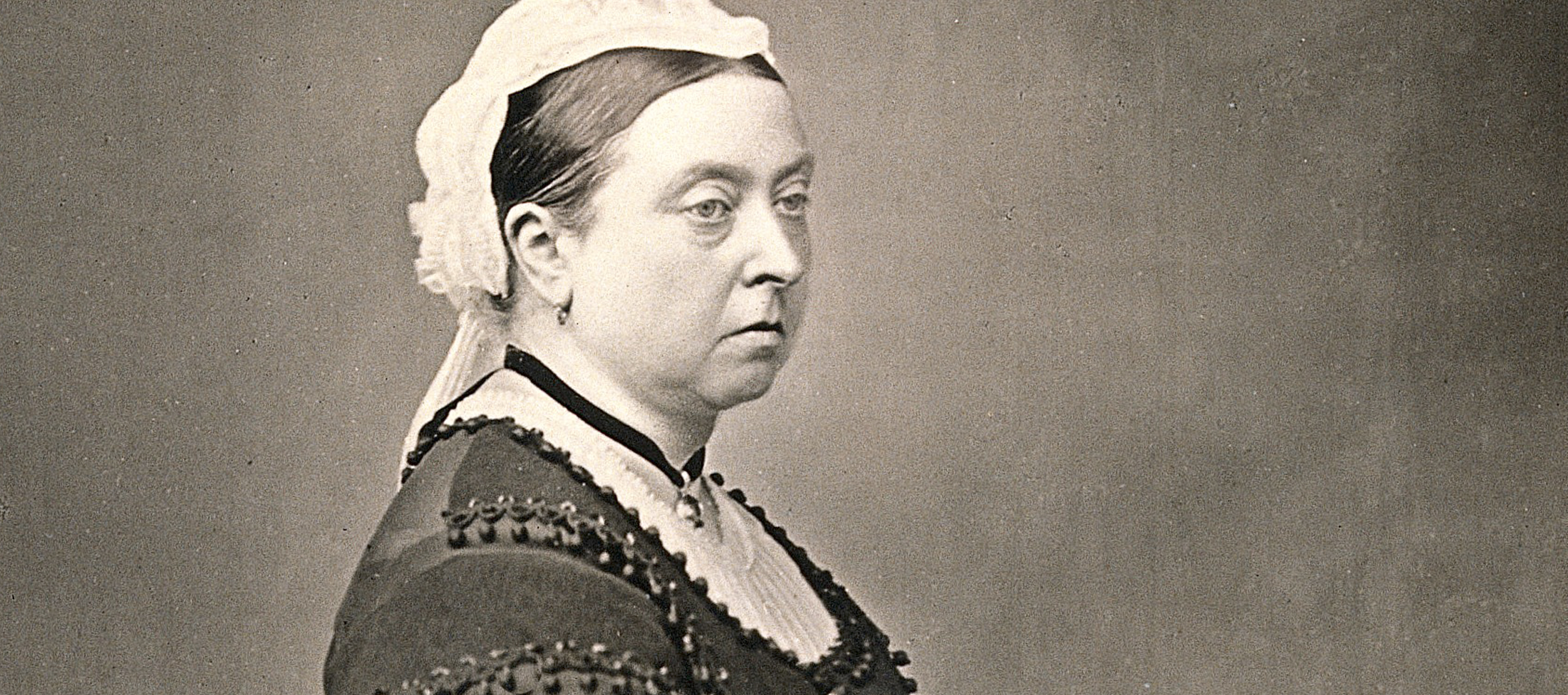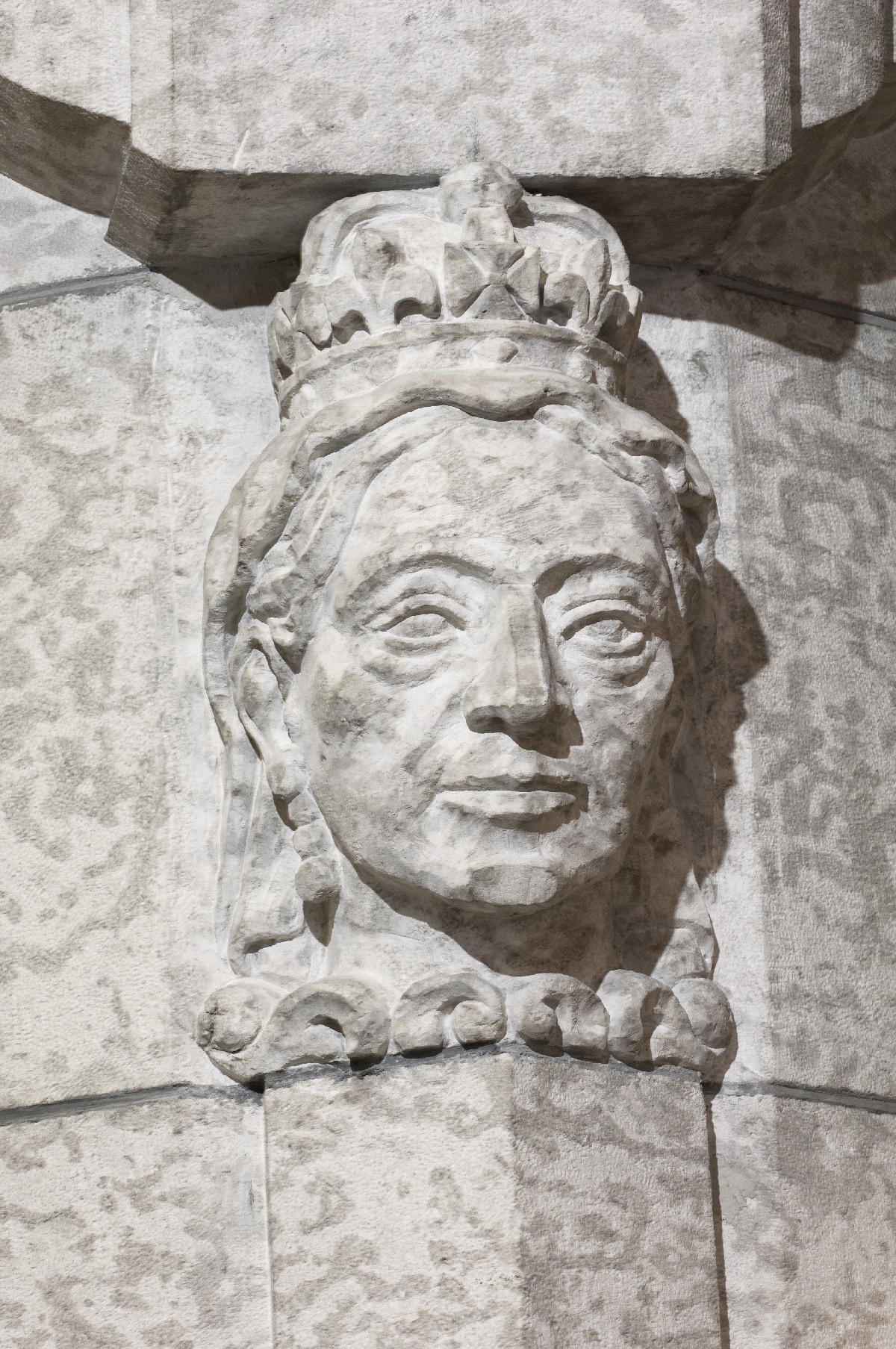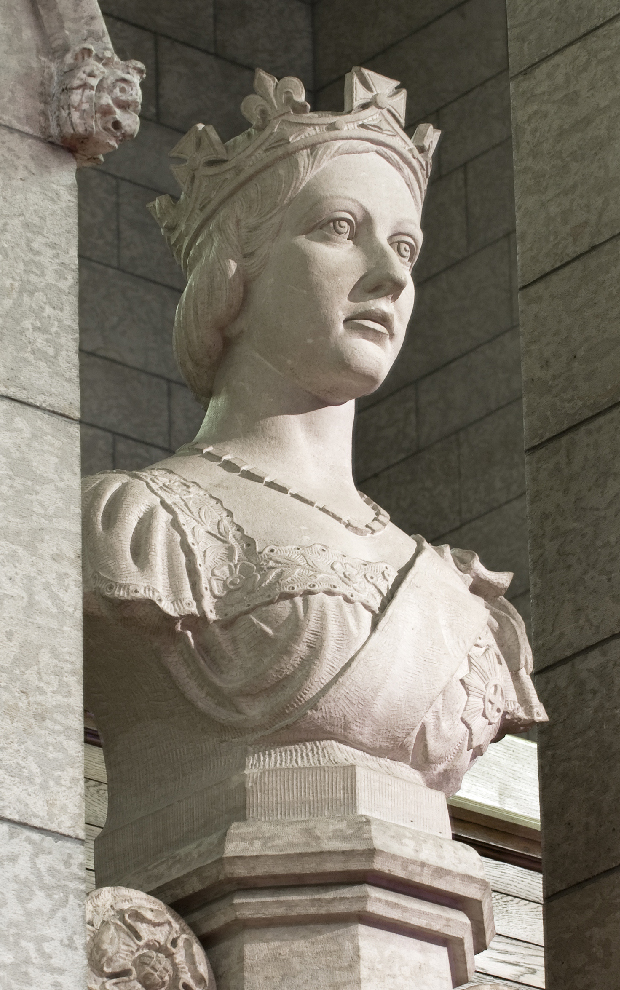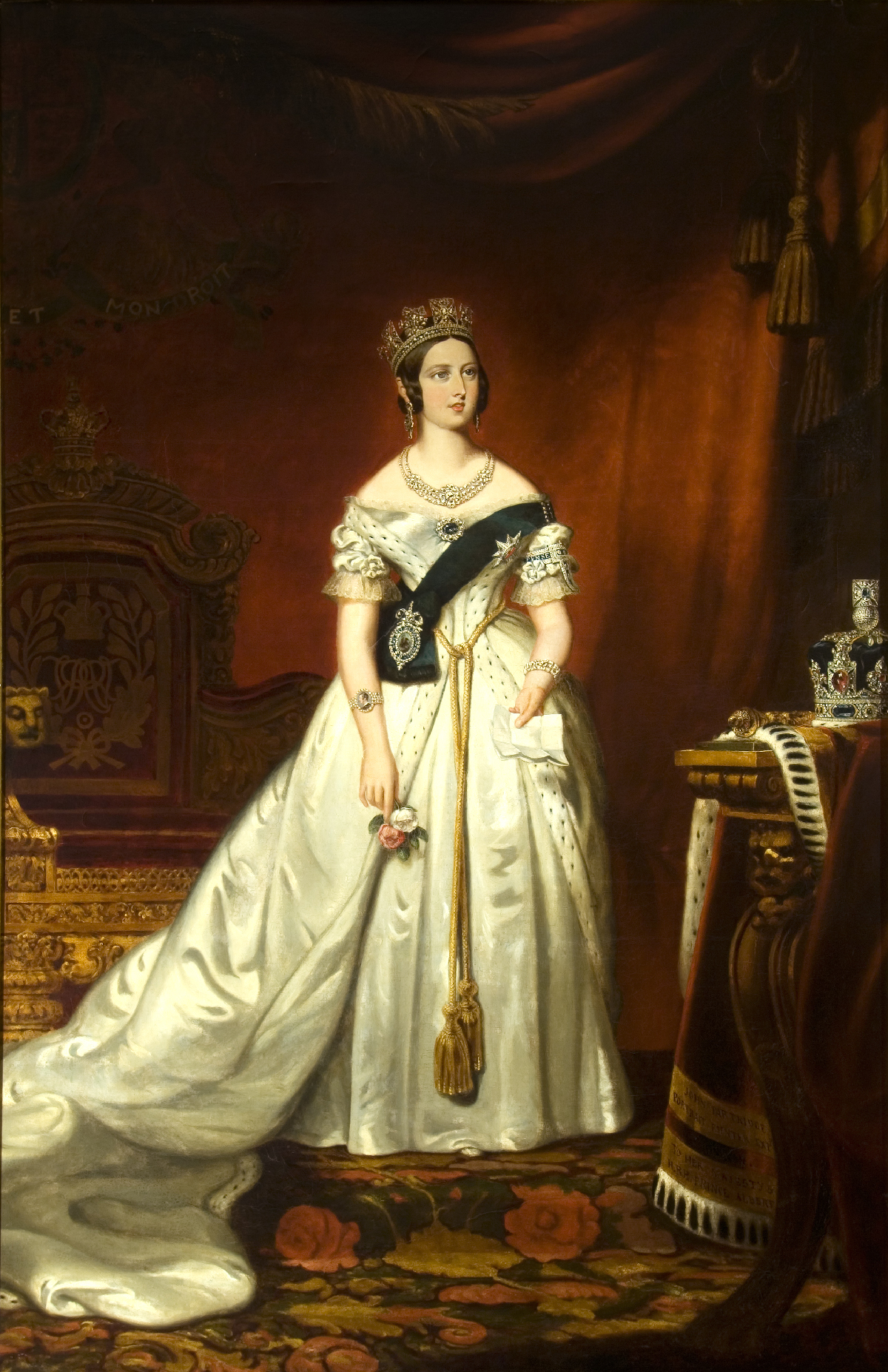The Legacy of Queen Victoria

More than a century after the death of one of Britain’s — and Canada’s — longest reigning monarchs, we continue to recognize Queen Victoria’s birthday as a holiday and as the unofficial start of summer. But how well do Canadians really know this titan of history?
Victoria assumed the throne of the United Kingdom in 1837 at the tender age of 18 and at a time when Britain boasted the greatest empire on the globe — one over which the sun never set. Under her reign, the empire reached the height of power and prestige, and Victoria came to be seen as the living symbol of the empire’s permanence and authority.
But Queen Victoria’s legacy reaches far beyond the small islands from whence she ruled. Her Britain was one in which industry and democracy flourished. And the icing on the cake? Canada.

That’s right: Queen Victoria is also the Mother of Confederation.
But less than a year after her ascension to the throne, Canada was in rebellion.
Both Upper and Lower Canada (now Ontario and Quebec) were seething with discontent when populists William Lyon Mackenzie in Upper Canada and Louis-Joseph Papineau in Lower Canada challenged the political status quo. A British governor advised by a small clique of unelected advisers ruled the colonies virtually by decree. The demands for responsible government led to mass protests and several bloody skirmishes between French-Canadian Patriote rebels and British troops.
Although both insurrections were quelled, the calls for reform they unleashed continued to reverberate. Politicians sought new ways to re-organize British North America in both a more stable and democratic fashion.
But it was Victoria who gave royal assent to the 1840 Act of Union, uniting Upper Canada and Lower Canada for the first time. She granted responsible government to Canadians, creating a more democratic country that was less dependent on the Crown and more connected to its own people. She was the one who signed the 1867 British North America Act (now known as the Constitution Act), giving birth to a confederation which this year turns 150 years old.

Queen Victoria also famously selected Bytown (now known as Ottawa) to be the capital of Canada. Bytown succeeded over more obvious choices such as Kingston and Montreal because it was considered less vulnerable to attack from the United States, was a compromise location acceptable to all four original provinces and was crowned by Barrack Hill, the spectacular limestone outcrop that now known as Parliament Hill.
Closer to home, as the upper chamber, the Senate maintains a unique connection with the Crown. Inside the Senate Chamber, the monarch’s throne (and a bust of Queen Victoria) stands tall behind the speaker’s chair. This is where royalty visits when in Canada — hence the Red Chamber. It is here where prime ministers come to have a speech from the throne read by the Queen’s representative, the governor general.
And just outside the Senate Chamber’s doors, a legendary portrait of Queen Victoria hangs in the Senate foyer. It has crossed an ocean, been rescued from fire four times, been yanked out of its frame and unceremoniously cut down to size. The painting’s last brush with disaster was in 1916, when a late-night fire that started in the parliamentary reading room burned the original Centre Block to the ground. As flames raced through the corridors, staff desperately worked to save as many paintings as they could. Victoria’s portrait was too big to fit through the door, so it was quickly cut out of its frame and rolled up — which is why the Crown is clearly cut in half in the portrait today.
In short, Canada was defined by the Victorian era.
As Canadians reflect on the achievements of this country in its 150 years, it raises the question: Might Canada be Queen Victoria’s greatest legacy?




